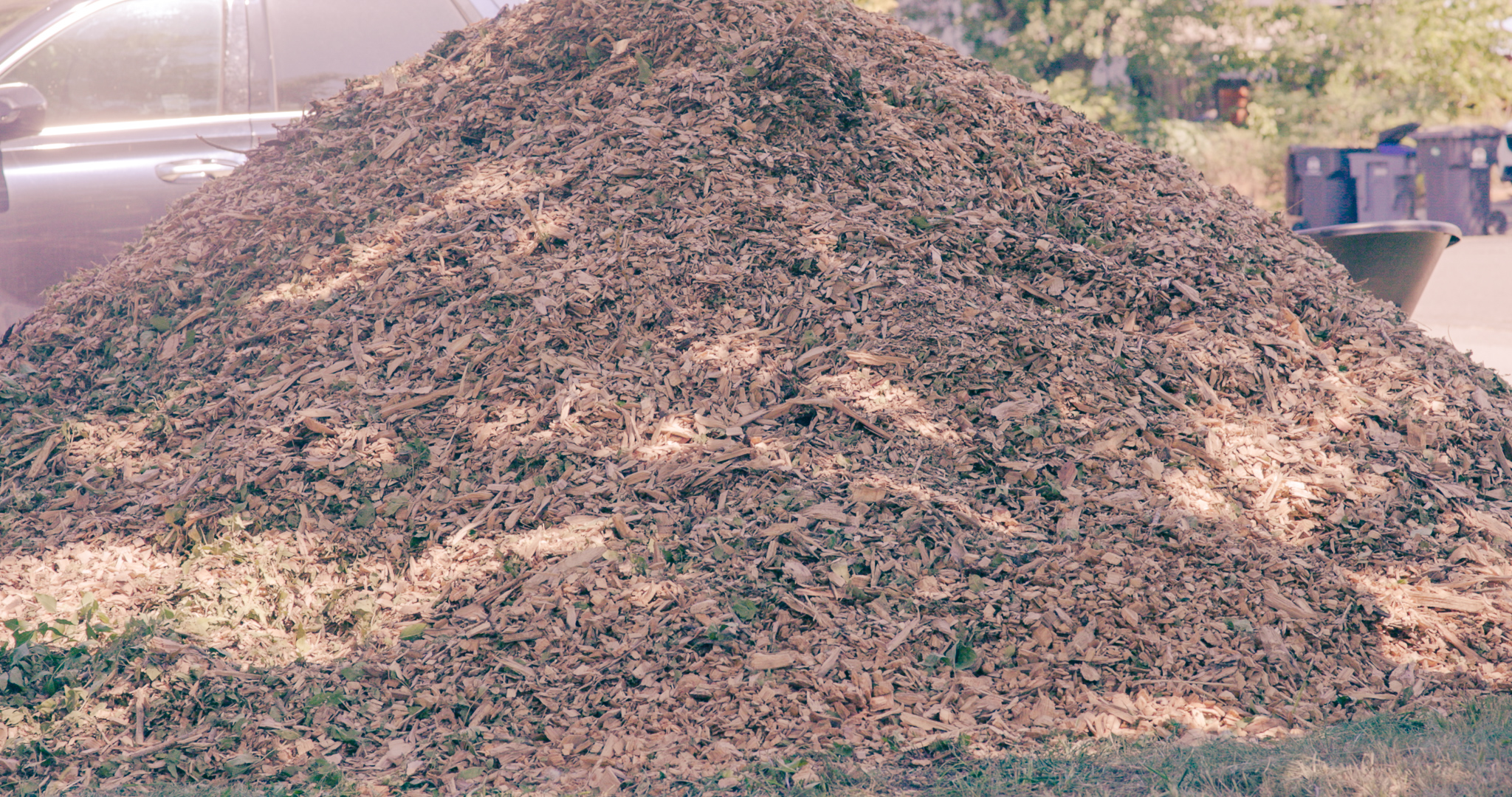Poor soil may rear its ugly head in a variety of forms, but they all make your life more difficult as an aspiring food grower. Unfortunately, the most commonly suggested solutions for amending bad soil are either prohibitively expensive for a small-scale gardener with an eye on the budget, dependent on specialized tools, or majorly labor-intensive (or all three). So here’s my go-to list of effective, cheap, easy options to improve bad soil with no fancy machinery.
Don’t Till
The process of building healthy soil teeming with beneficial macro and micro-organisms will only be drawn out by heavy tilling. The no-till method is one of those wonderful, rare cases in life where the lazier option is also the more effective. This doesn’t mean there aren’t times where an initial till to get the garden into workable shape isn’t a good option though!
Sheet Mulch with Cardboard
Still have all those corrugated cardboard boxes stored in the garage from when you moved in four years ago? Remove any lingering tape and put them to use as a layer of sheet mulch! This strategy has a few benefits: it prevents future weed growth (and kills existing ones), helps retain moisture in the soil, and will compost down over time. Be sure to layer compost and mulch on top of the cardboard to keep it in place and drive decomposition. And leave out any boxes with shiny surfaces or lettering.
Just note that it will take time, depending on conditions, for the cardboard to break down. Plan accordingly, including limiting this technique to specific areas like around new fruit trees.
Try Chipdrop (for convenient wood chip mulch)
Fans of the Back to Eden method of gardening will know all about the benefits of applying a thick layer of wood chips as mulch. It’s one of the most effective methods for slowly building your healthy soil up.
For an extremely cost-effective option to source wood chips, check out getchipdrop.com. It’s a service that allows you to sign up for a shot at free (or a very small optional fee to improve your chances) wood chip deliveries from local arborists. We have no affiliation to ChipDrop but think it’s a great fit for the budget-minded (and flexible) gardener with poor soil and recently received a delivery through them!
Plant Cover Crops from Seed
Running a season of cover crops can be an incredibly easy, effective option for the patient gardener. And for whatever reason, it remains a relatively unpopular choice that many new gardeners find intimidating.
Depending on what you plant, cover crops can fix nitrogen in the soil through beneficial bacteria in their roots, break up hard soil, create mass for your compost bin, feed your chickens, crowd out unwanted weeds, and even improve drainage in your yard following a heavy rain.
I like to use a pre-mixed bag of cover crop seeds like this one to more easily reap a variety of those benefits and to experiment with which plants grow best in various areas of my garden. This mix includes Daikon radish which is particularly terrific at aerating dense, clay soil.
Much with Yard Waste
For a simpler alternative to adding a thick layer of wood chips, just chop down and drop existing vegetation in place. Grass clippings and leaf piles included! Obviously this option is dependent on the presence of non-invasive plants in place (or nearby) but can be a super convenient alternative to tossing your green yard waste into a bin.
This is a great choice to combine with the cover crop strategy! Doesn’t it feel great to do the right thing with so little effort?
Compost Direct in Ground
Did you know that you can actually compost directly in the soil instead of a bin? Simply dig, add the compostable materials, and cover back up with native soil. As with the cardboard mulch option, plan around this option needing time to break down.
Grade the Surface
Most gardeners know instinctively that good soil requires water to sustain life. However, many of us fail to design for efficient water retention. Pay close attention to where water in your garden runs off and where it pools so that you can effectively grade the surface and manipulate the gradients to ensure moisture is retained where you (and the soil organisms) need it.
